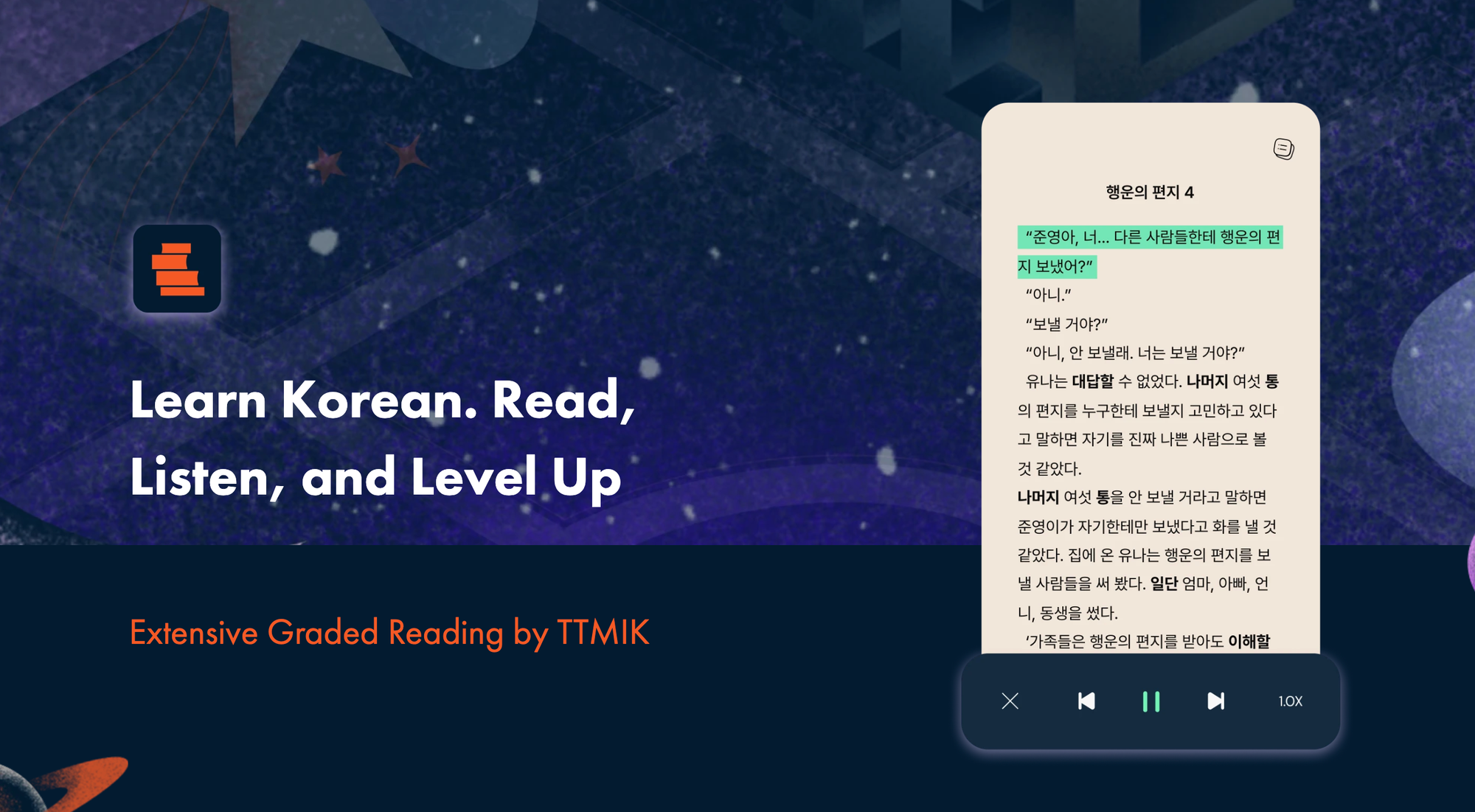At first, you learn basic words and phrases. And then you learn more grammar and sentence structures. You learn more words and also listen to and read a lot of natural materials in Korean. And you practice speaking, make mistakes in the process, and learn from your potentially embarrassing mistakes, and continue improving.
That is basically the general flow of how you improve your Korean skills, and one crucial element that you might want to pay close attention to is this: How many natural collocations you know in Korean.
What's a collocation?
- It is a set of words that are naturally used together in a language.
- They are the combinations of words that sound "just right" to native speakers.
Examples of collocations in English
- make a decision (and not "do a decision")
- catch a cold (and not "grab a cold")
- pay attention (and not "make attention")
Examples of collocations in Korean
- 옷을 입다 (to put on clothes)
- 청소를 하다 (to clean)
- 시험을 보다 (to take an exam)
What happens if you don't know enough collocations?
As you learn more and more Korean and start putting it to practical use, there will be moments where you can think of just one word or a small part of a phrase, but not the rest of it. Even if you use the wrong word in a certain expression, it's not always a huge problem. As long as you pick the correct key word, the other person will still understand you just fine. But if more fluency is your goal, you want to continue working toward knowing more natural collocations.
Watch this video to check your general Korean collocation level!
And below are the word pairs introduced in this video. Based on your personal learning history, the different levels might feel easier or more difficult for you than others. Let's find out!
Beginner level
- 맛있는 ______ (delicious food)
- 청소를 ______ (to clean)
- 사진을 ______ (to take a photo)
- 영화를 ______ (to watch a movie)
- 커피를 ______ (to drink coffee)
- 비가 ______ (to rain)
- 시계를 ______ (to wear a watch)
- 감기에 ______ (to catch a cold)
- 반지를 ______ (to wear a ring)
- 손을 ______ (to wash hands)
- 아름다운 ______ (beautiful scenery)
- 시간을 ______ (to check the time)
- 어쩔 수 ______ (you can't help it, there's nothing you can do about it)
Intermediate level
- 촛불에 불을 ______ (to light a candle)
- 친구한테 짜증을 ______ (to get annoyed with a friend and express one's annoyance)
- 바른 ______ (correct posture)
- 무릎을 ______ (to kneel down)
- 우연의 ______ (a coincidence)
- 걱정 때문에 잠을 ______ (to have a restless sleep due to worry)
- 충동 ______ (impulse purchase)
- 갑자기 일정을 ______ (to suddenly change the schedule)
- 부모님의 생신을 ______ (to congratulate one's parent on their birthday)
- 기가 ______ (to be astounded)
Advanced level
- 시비를 ______ (to pick a fight)
- 다양한 해결책을 ______ (to seek various solutions)
- 친구에게 고민을 ______ (to confide one's worries to a friend)
- 잠재력을 ______ (to demonstrate one's potential)
- 이의를 ______ (to raise an objection)
You can check the correct answers that go into all of the blanks within the video above.
What can you do more of in order to improve your Korean collocations skills?
Knowing more collocations means that you will sound more fluent and natural, because you are using the same set of words native speakers are using together. The main challenge with collocations, however, is that there are so many of them. You could of course try to simply "memorize" hundreds of collocations and it will certainly help, but it might not be the most effective use of your learning time.
So what we suggest is expose yourself to a lot of natural expressions and collocations by listening to, watching and reading a lot of natural materials. It is often easier said than done when you don't know where to find those materials for your current level. And below are the materials that we have created for you. Take a look and pick your favorite material.
Availble on YouTube
- Podcast episodes in Korean by Yeji
- Beginner Korean Phrases introduced in Korean
- 수다타임 episodes for intermediate learners (conversations in Korean)
Talk To Me In Korean Courses
- 비빔챗 (Bibimchat) - 100 Korean conversations about a wide range of interesting topics
- Real-life Korean conversations for beginners
Talk To Me In Korean Books
- My Weekly Korean Vocabulary (Essential Korean words introduced with natural collocations)


- 1100 Short & Useful Korean Phrases (Commonly used Korean sentence patterns)



TTMIK's Graded Korean Reading (Mobile App)

Fun stories and articles to read in Korean for all levels of learners!
So, all in all, learning more collocations will help you drastically improve your Korean fluency, but it's best to let it happen naturally through extensive reading and listening. We have no shortage of such materials to offer to you, and we will continue producing more. We hope you continue enjoying your Korean learning with us!



